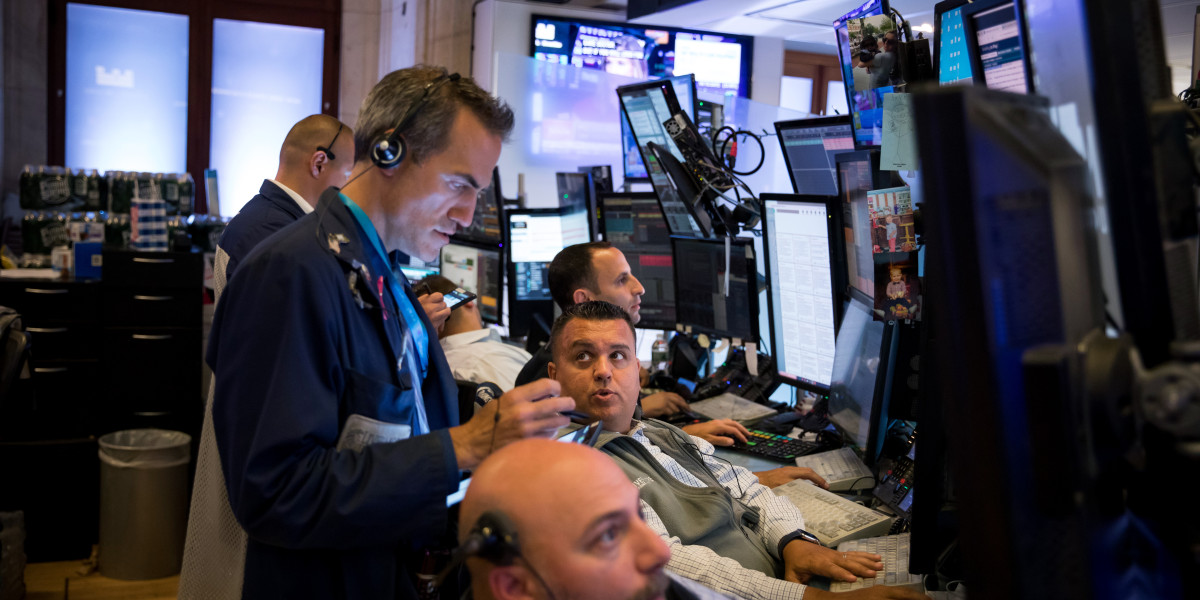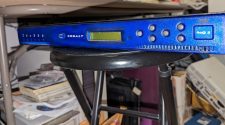Ever since British economist JohnMaynard Keynes first declared that investors are prey to people’s urge to act,however irrationally, the financial world has tried to quantify the impact ofpublic sentiment on stock prices. Solving the puzzle would give investors inthe know a huge advantage over the competition.
Over the past decade, one vibrant corner of that still ongoing research has been data analysis. The goal has been to tease out clues about sentiment that are hidden in news articles, regulatory filings, transcripts, and press releases.
With the rise of artificial intelligence, the sophistication of sentiment-measuring technology is increasing. And a number of companies such as AlphaSense, Alexandria Technology, and Aiera are racing to perfect the software that makes it possible.
But they face a number ofchallenges. The technology is still imperfect and still must prove that it canoutperform more basic investment strategies like stock index funds.
“If youcan systematically and objectively track over time how the facts change, interms of positive facts and negative facts that emerge in a conference call,say, that could have real value,” says David Wong, an investment analyst withInstinet.
Last month, AlphaSense, a startup that sells its service to hedge funds and financial analysts, introduced technology that sifts though documents to determine the tenor of their language. The so-called sentiment tool then provides an overall score for the tone that traders can then use to invest.
Last week, AlphaSense announced that it had received an additional 50 million in funding, led by Soros Fund Management. Since its founding in 2011, AlphaSense has received over $90 million in financing.
On a recent day at the company’sNew York headquarters, a large monitor on the conference room wall flashedgreen and red—indicating changing sentiment for various companies. After beingfed transcripts, such as from corporate earnings calls, the software spits outa score on a scale of plus 100 to negative 100.
To help investors quickly findthe text that is responsible for the sentiment score, AlphaSense’s service colorcodes the transcripts or other text fed into it. Green or red coloring on aconference call transcript, for example, highlights encouraging anddiscouraging passages.
On this particular day, thepublicly traded company with the most negative score was Sephaku Holdings, aSouth African maker of cement plants. It’s not a surprising conclusionconsidering that the company’s CEO said during an earnings call that hiscustomers—construction companies— had “blood on the floor” due to recessionarytrends.
The company with the mostpositive sentiment was supply-chain services company Synnex. Its latestearnings call was filled with upbeat language, such as “excellent,” “solid,”and “very pleased.”
If it all seems a bit obvious,that’s the intention. The automatic analysis is supposed to reach a similarconclusion that a human would make.
“If you listened to thatearnings call, you would say our algorithm accurately reflects your ownsentiment of the tone of that call,” says AlphaSense CEO Jack Kokko.
AlphaSense says the sentimentproduced by its technology mirrors what humans conclude 90% of the time.
Still, Kokko encourages customersto use their own brains and not just follow what the algorithm says. Hedescribes his technology as “augmented intelligence”—a help, not a replacementfor humans.
“This is a product for a humananalyst, to make their workflow more efficient,” says Kokko.
Sentiment scores can also be used as the basis for a broader economic analysis. In a demonstration, Kokko showed a heat map on his laptop that highlights sentiment about sectors of the U.S. economy over time. In 2007, a year before the Great Recession hit, most business sectors of the U.S. economy in the heat map were flashing green. But a few, such as those representing the industrial sector, had turned pale red, warning of possible trouble.
AlphaSense isn’t alone intrying to crack the code. Alexandria Technology, in Los Angeles, has beenworking on the problem for 12 years, for example. Dow Jones uses Alexandria’ssoftware for measuring sentiment in news reports while financial informationservice FactSet makes it available to subscribers.
Meanwhile, another firm, called Aiera — a play on “A.I.”— uses A.I. to compare the tone in news that mentions a given company to its stock performance. Ultimately, the technology produces a score along with a buy, hold, or sell signal.
In past, with less sophisticatedtechnology, computers assessed language for sentiment by counting the frequencyof words in a text, such as “debt,” “layoffs,” “foreclosure.” Modern sentimentanalysis can make many more connections between such terms and more distantwords in the same paragraph, to understand the context.
Still,there will be limits to such tools. In the end, the technology may be just oneof many that investors use to decide how to invest.
“Software like this can be another signal for quant traders and another resource for stock analysts,” says Pierre Ferragu, managing partner with stock research firm New Street Research, using industry jargon for math-driven investors.
However,Mr. Ferragu warns that while the software can speed up work for people in thefinancial industry, the public nature of the data it bases its opinions on,like conference call transcripts, reduces the benefit. Over time, rivaltechnologies that conduct the same kind of textual analysis may reach identicalconclusions about individual stocks—limiting any trading edge the technologyprovides.
Then, too, gauging sentiment istricky because computers have trouble with irony and metaphors. Human thinkingcan also be a mystery.
Still, the biggest question about using such technology for investing is whether it accurately measures factors that lead to successful trading results. Whether sentiment in documents is a good indicator of future stock performance has yet to be proven, and some signals can be misleading if other factors aren’t considered.
In June, memory chipmakerMicron Technology held a conference call to reiterate yet another drearyoutlook for the chip industry. After analyzing the conference call transcript,AlphaSense’s service came up with a score of negative 24, a big red flag thatreflected a decline in sentiment from the prior quarter.
But the next day, Micron’sshares jumped 8%.
The dour earnings call had beenthe tipping point that big investors had been waiting for. Bad sentiment is onething, but really bad sentiment can often be a positive indicator of animpending turnaround, as it has been for Micron for some time.
“Investingis about having an intuition about something the market is missing,” observesNew Street’s Ferragu. He then talked about the limits of artificialintelligence. “These tools can help you source an intuition and check itagainst the data, but it will never replace your own intuitions about themarket.”
















